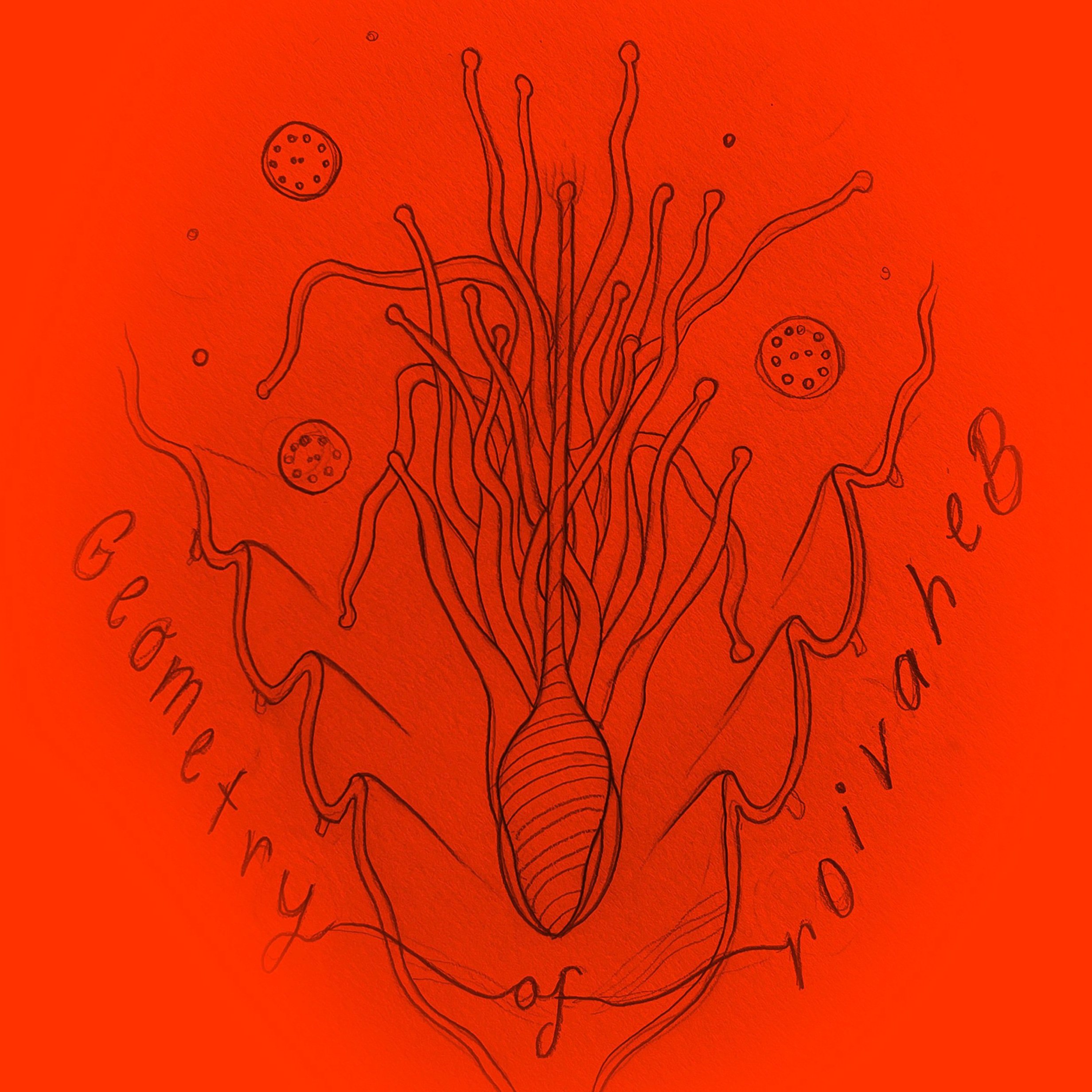Geometry of Behavior
ABSTRACT
Single-celled protozoa display remarkable animal-like behaviors without the aid of neurons. Mechanistically understanding how this dynamic behavior emerges from underlying physical and biochemical components is an outstanding challenge. Many single-celled protists use rapid morphology changes to perform fast animal-like behaviors.
To understand how such behaviors are encoded, we developed predatory ciliate Lacrymaria olor as a model system to study mechanistic origin of this search behavior. The cell locates and captures prey using the tip of a slender ‘‘neck’’ that can rapidly extend more than seven times its body length (500 mm from its body) and retract in seconds. By tracking single cells in real-time over hours and analyzing millions of sub-cellular postures, we find that these fast extension-contraction cycles underlie an emergent hunting behavior that comprehensively samples a broad area within the cell’s reach. Although this behavior appears complex, we show that it arises naturally as alternating cellular ciliary and contractile activities rearrange the cell’s underlying helical cytoskeleton to extend or retract the neck.
Next, we develop an active filament model driven by time-varying local forcing that allows us to uncover how a “program” (time sequence of activity) leads to “behavior” (filament shape dynamics) via fundamental constraints of non- linear mechanics. Our model captures two key features of this system - time-varying activity patterns (extension and compression cycles) and active stresses that are uniquely aligned with the filament geometry - leading to a so- called “follower force” constraint. By further dissecting the non-linear dynamics of this active filament system, we discover a simple iterative map of filament shape that approximately predicts long-term behavior. Using these iterative maps as a design tool we suggest simple, artificial “programs” for functions such as homing a filament or performing intermittent searches. Lastly, by measuring the statistical properties of biological “programs” in L. olor, we directly compare model predictions with biological experiments using spatial search as a metric. Overall our work highlights a key non-linear mechanics-based constraint that underlies single cell behavior and in doing so uncovers a new chaotic dynamical system in active elastohydrodynamics.
More generally, coupling active mechanical and chemical signaling systems across different timescales may provide a general strategy by which mechanically encoded emergent cell be- haviors can be understood or engineered. This work is first example of a bottom up mechanistic model of how complex behavior such as search can arise purely from dynamics of chaotic systems in single cell protist.
-
Emergent programmable behavior and chaos in dynamically driven active filaments - https://www.pnas.org/doi/10.1073/pnas.2304981120
Curved crease origami and topological singularities at a cellular scale enable hyper-extensibility of Lacrymaria olor - https://www.biorxiv.org/content/10.1101/2023.08.04.551915v2
Coupled Active Systems Encode an Emergent Hunting Behavior in the Unicellular Predator Lacrymaria olor - https://www.cell.com/current-biology/pdf/S0960-9822(19)31196-0.pdf

